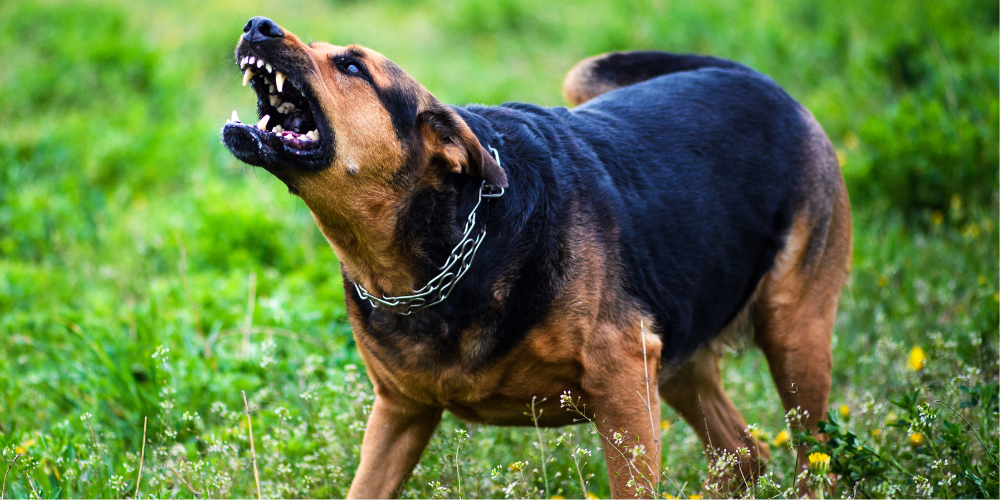Ever puzzled over your pup’s sudden snap? You’re not alone. Understanding our furry friends can be a bit of a riddle. But let’s crack it together! Why do dogs attack without warning?
Dogs may attack without warning due to past trauma, pain, illness, fear, anxiety, territorial behavior, resource guarding, or predatory instincts. Proper socialization and training from an early age can help prevent unwarranted aggression. Recognizing warning signs like growling and stiff posture allows early intervention.
Stick around to unravel the mystery and learn how to keep both two-legged and four-legged family members happy and safe.
Key Takeaways
- Dogs may attack without warning due to various factors such as past trauma, pain, illness, fear, anxiety, territorial behavior, resource guarding, and predatory instincts.
- Proper socialization and training from an early age can reduce the risk of unwarranted aggression.
- Recognizing early warning signs like growling and stiff posture allows for timely intervention.
- Understanding dog body language is crucial for predicting and preventing aggressive behavior.
- Subtler signs of stress or aggression, like averted gaze and pacing, are often overlooked.
- Past trauma or abuse can make dogs more likely to react aggressively in certain situations.
- Medical issues can also trigger aggression, making a veterinary check-up crucial for suddenly aggressive dogs.
- Breeds like American Staffordshire Terrier, Rottweiler, and Doberman Pinscher have a higher risk of aggression but should not be universally labeled as aggressive.
- Genetics can predispose a dog to certain behaviors, but environmental factors like socialization and training are equally important.
- Every dog is an individual, and its unique experiences and temperament play a key role in behavior.
- The period between 3 to 14 weeks is crucial for a puppy’s social development.
- Positive reinforcement techniques effectively train dogs to respond well in potentially aggressive situations.
- Always supervise interactions between your dog and unfamiliar people or animals.
- Consult a professional dog trainer or veterinary behaviorist if you notice consistent signs of aggression.
- In an attack, protect yourself and others and seek medical attention promptly.
- Reporting a dog attack is vital for preventing future incidents and ensuring public safety.
Understanding Dog Body Language

The Importance of Dog Body Language
The first step in preventing a dog attack is understanding canine body language. Dogs communicate primarily through their body movements, and being able to interpret these can offer insights into their mental state.
Signs of Stress, Fear, or Aggression in Dogs
A wagging tail doesn’t always mean a happy dog. Signs like raised hackles, growling, snapping, and baring teeth indicate stress or impending aggression. However, subtler signs like averted gaze, lowered head or pacing are often overlooked.
Lack of Obvious Warning Signs
Interestingly, not all dogs display overt warning signs before attacking. Some may go from appearing perfectly calm to suddenly lunging. This is why understanding the complete range of dog body language signs is crucial for prevention.
Reasons Why Dogs Attack Without Warning
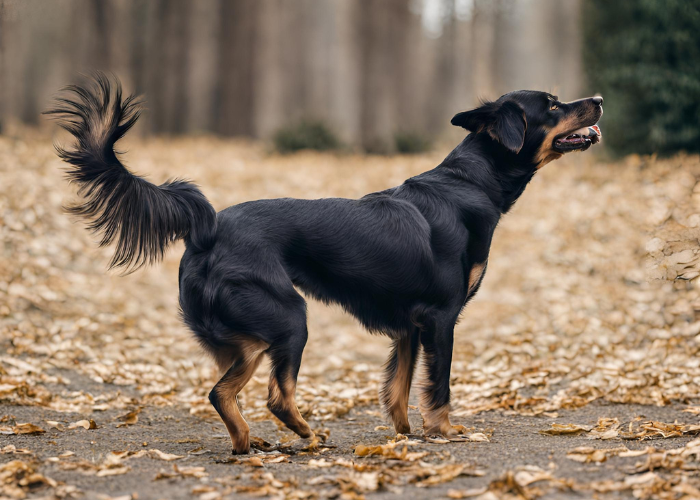
Understanding the triggers behind a dog’s sudden aggressive behavior is pivotal for responsible dog ownership. Below are some common factors:
Past Trauma or Abuse
Dogs with a history of abuse or trauma are more likely to react aggressively when faced with situations that trigger their past experiences. Even a simple gesture like raising a hand can make them lash out.
Medical Issues or Pain
Pain or discomfort from medical conditions can make a dog more irritable and prone to attack without warning signs. A veterinary check-up should be the first step if a dog is suddenly aggressive.
Fear or Anxiety
A fearful or anxious dog can react unpredictably. The “fight or flight” instinct kicks in, and some dogs may choose to fight to deal with a stressful situation.
Territorial Behavior
Dogs are naturally territorial creatures. An intrusion into their perceived territory, be it their home or even the area near their favorite human, can prompt an aggressive response.
Resource Guarding
Some dogs are protective over food, toys, or specific spaces. Approaching them while they are guarding can result in an unexpected attack.
Predatory Instincts
In some cases, movements that resemble ‘prey,’ like running or rapid hand movements, can trigger a dog’s predatory instincts and lead to an attack.
Breed-Specific Tendencies
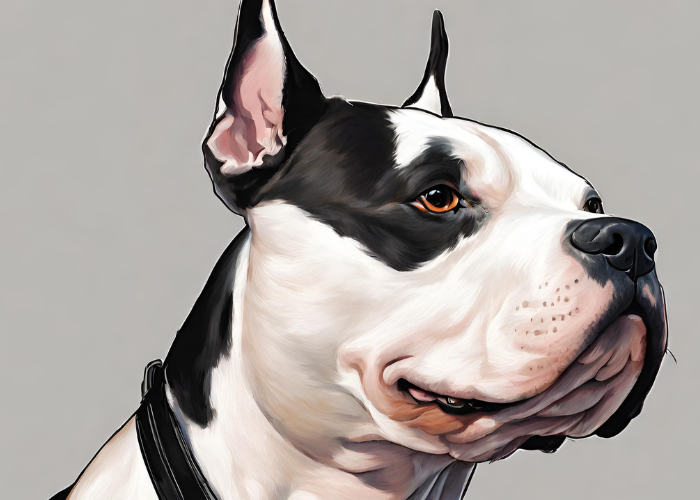
While it’s important to treat every dog as an individual, understanding breed-specific tendencies can offer additional insights into why some dogs may be more prone to aggressive behavior.
Breeds with Higher Risk of Aggression
Certain breeds like the American Staffordshire Terrier, Rottweiler, and Doberman Pinscher are often cited as having a higher risk of aggression due to their breeding history.
However, it’s crucial to note that this does not mean every dog of these breeds will be aggressive.
Genetics vs. Upbringing
Genetics can predispose a dog to certain behaviors, but it’s just one piece of the puzzle.
Environmental factors like socialization, training, and overall treatment play equally significant roles in shaping a dog’s behavior.
Individual Temperament
Every dog is an individual with a unique temperament. While breed may give you a general idea of what behaviors to expect, the individual dog’s experiences, training, and socialization will have a more direct impact on their actions.
The Role of Socialization and Training
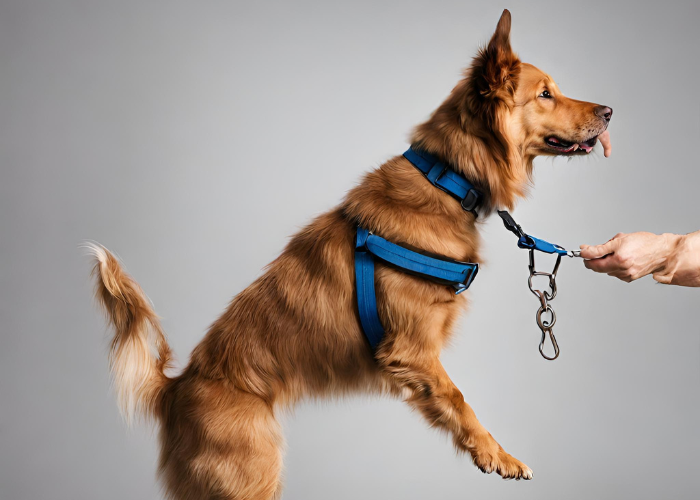
A well-socialized and properly trained dog is less likely to attack without warning. Here’s how you can ensure your dog gets the best upbringing:
Importance of Socialization
Socialization is not just a buzzword; it’s an essential part of a dog’s upbringing. A dog exposed to various environments, people, and animals from a young age is more likely to be well-adjusted and less prone to sudden aggressive behavior.
Early Exposure
The period between 3 to 14 weeks is crucial for a puppy’s social development. During this time, expose your puppy to as many new experiences as possible, always ensuring that these are positive and non-threatening.
Effective Training Techniques
Standard commands like ‘sit,’ ‘stay,’ and ‘come’ can be life-saving in situations that trigger aggression. Using positive reinforcement techniques can help in effectively training your dog.
Behavior Modification
Specialized behavior modification techniques can be employed if your dog displays aggression. Always consult with a certified dog behaviorist for targeted strategies.
Preventing Dog Attacks
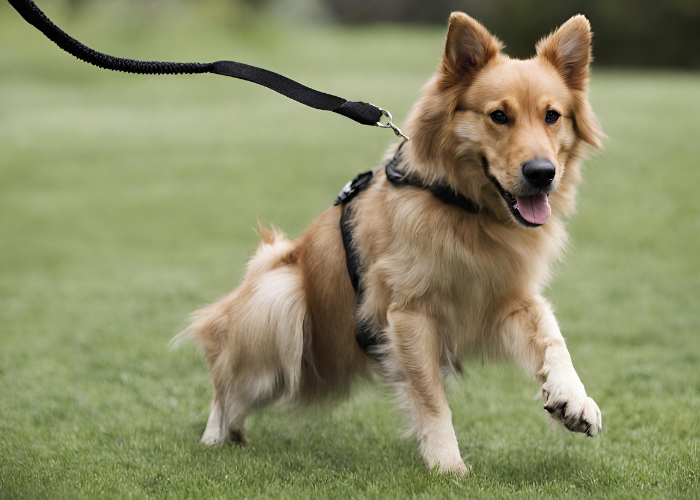
Knowledge is power, and understanding the potential reasons behind a dog’s attack can be instrumental in preventing one. Here are some guidelines for dog lovers:
Supervise Interactions
Always supervise interactions between your dog and unfamiliar people or animals. Even a well-behaved dog can react unpredictably in new situations.
Recognize Signs of Stress or Aggression
Observing and recognizing signs of stress, fear, or aggression can help you intervene before an attack. Knowing your dog’s specific cues is crucial.
Proper Socialization and Training
As previously discussed, a well-socialized, trained dog is less likely to attack. Ensure your dog undergoes both to mitigate risks.
Consult a Professional
If you notice consistent signs of aggression or stress in your dog, it’s advisable to consult a professional dog trainer or a veterinary behaviorist for personalized guidance.
What to Do If a Dog Attacks
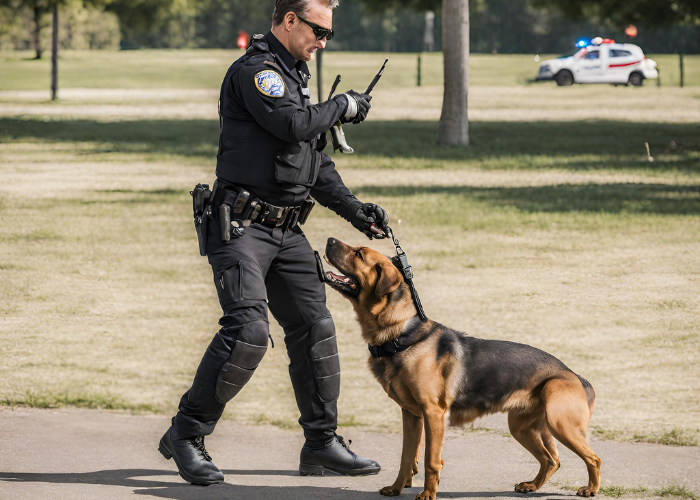
Despite your best efforts, there may be situations where a dog attacks without warning. Here’s what you can do to minimize harm:
Protect Yourself and Others
The immediate priority is to protect yourself and anyone else who might be in danger. Use any available object—a stick, a purse, or even your arm—as a barrier between you and the dog.
Distract or Disengage the Dog
If possible, throw an object like a ball or a stick to distract the dog. Some dogs will disengage when their attention is drawn to something else.
Seek Medical Attention
Even if the injury seems minor, seeking medical attention promptly is crucial. Dog bites can result in infections or complications if not properly treated.
Report the Incident
It’s vital to report the incident to appropriate authorities for your safety and the safety of others.
This will also prompt an investigation into the dog’s behavior and potentially prevent future incidents.
Conclusion

Understanding why dogs attack without warning is a complex issue but is essential for all dog lovers.
By being aware of the various factors contributing to such behavior, you can prevent it and ensure safer interactions between dogs and people. Remember, being proactive and educated is the key to responsible dog ownership.
References:
- National Canine Research Council. (2022). Are Dogs Attacking Without Warning Or Are We Misinterpreting Key Signals? Retrieved from https://nationalcanineresearchcouncil.com/do-dogs-attack-without-warning/
- VCA Animal Hospitals. (2023). Dog Behavior Problems – Aggression to Family Members – Introduction and Safety. Retrieved from https://vcahospitals.com/know-your-pet/dog-behavior-problems-aggression-to-family-members-introduction-and-safety[3]
- American Kennel Club. (2020). Understanding Dog Body Language: Decipher Dogs’ Signs & Signals. Retrieved from https://www.akc.org/expert-advice/advice/how-to-read-dog-body-language/

